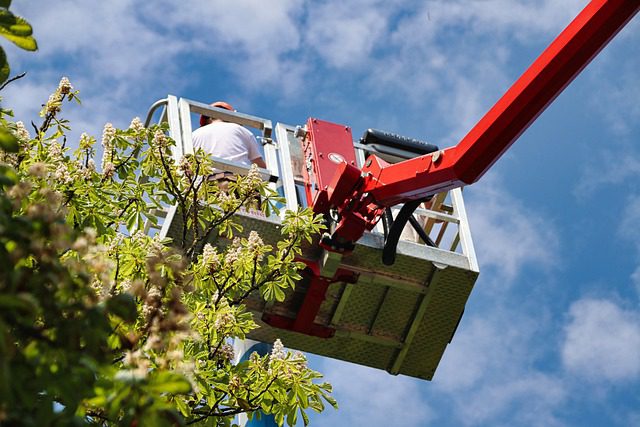
Pruning of yard trees is critical tree maintenance. Landscape trees need more care than forest trees to maintain their structure and aesthetics. Pruners have to understand tree biology; improper pruning can create irreparable harm or shorten a tree’s life.
Reasons to Prune
Every branch should be cut for a specific reason. Some common reasons include:
- removal of dead branches,
- to increase penetration of light and air, and
- corrective/preventive measures.
When to Get out the Cutters
Light, routine trimming to remove weak, dead or diseased limbs can be done any time with little effect on the tree.
Growth and wound closures should be done before the Spring growth spurt.
Tree diseases can be spread when pruning wounds give access to disease-causing agents. Susceptible trees should not be trimmed or deadwooded during active transmissions.
Techniques
Specific types of pruning may be necessary to maintain a mature tree in a healthy, safe, and attractive condition.
- Deadwooding is removing dead, dying, diseased and weak branches from the crown.
- Raising removes low branches to give clearance for buildings, vehicles, pedestrians, etc.
- Reduction diminishes the size of a tree, usually so utility lines clear the tree.
Reducing height/spread is best done by taking leaders and branch terminals back to secondary branches large enough to assume terminal roles. Instead of topping, reduction helps maintain tree form and structure.
Reducing the density of leaves at the crown edges is sometimes done to allow more wind or light to penetrate, for aesthetic reasons, and/or to promote interior foliage growth.
Special Instructions for Young Trees
Trees that get appropriate pruning when they are young will require less corrective pruning later.
Each cut has the potential to change tree growth, so it is important to set an objective for pruning. For young trees, the goal is to improve structure. Bad pruning can cause damage. The tree must grow over every wound.
Never Top
Topping is the arbitrary cutting of branches to stubs, or to horizontal branches not big enough to take the terminal role. Topping is often used to shorten a tree, but it is a harmful practice.
Topping can lead to unacceptable risk, tree stress and decay. It is also expensive and destroys the natural form of the tree.
Getting Professional Help
Any reputable tree pruning service can help you maintain the health and beauty of your yard’s trees.

